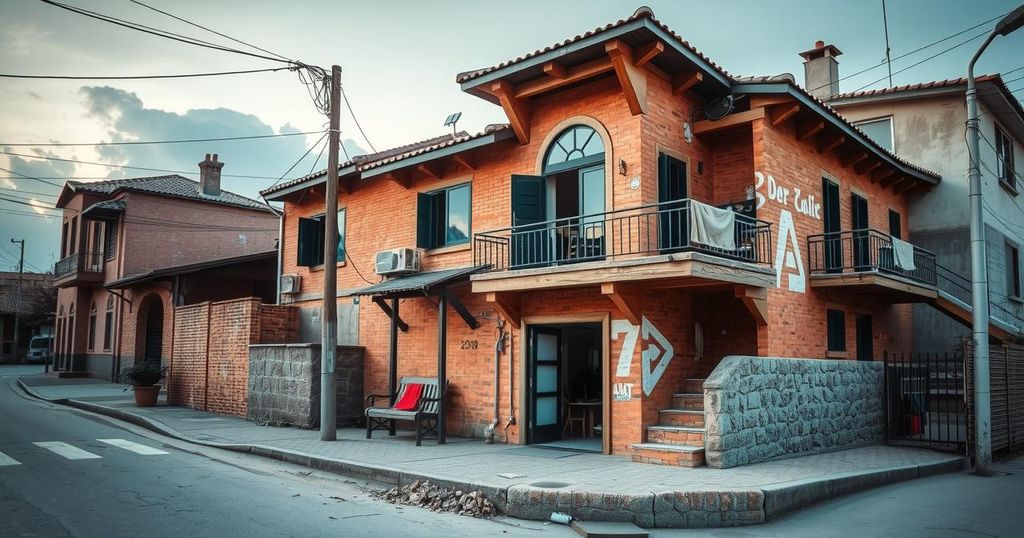Living on the Edge: The Perilous Homes of La Paz, Bolivia

This article examines the precarious living conditions in La Paz, Bolivia, where residents like Cristobal Quispe face significant risks due to unstable hillside homes in a region prone to mudslides and flooding. Despite warnings and labels of hazardous areas, many residents remain due to lack of alternatives and aspirations for land ownership, highlighting the broader problems of inadequate urban planning and socioeconomic disparities in Latin America.
In La Paz, Bolivia, precarious living conditions are a troubling reality for many residents like 74-year-old Cristobal Quispe, whose home precariously overlooks an unstable hillside. After losing his original house to a mudslide in 2011, Quispe rebuilt nearby and now faces annual anxiety during the rainy season. Despite the municipality’s designation of his neighborhood, Valle de las Flores, as a “red zone,” residents, primarily from the Aymara Indigenous group, remain due to a lack of better options and a hope for future land value. Approximately 20% of properties in La Paz are classified as being in high-risk areas, exacerbated by significant rainfall that has resulted in numerous fatalities and property damage over the years. Experts attribute these issues to poor urban planning and socioeconomic inequities, particularly as climate change increases the frequency of natural disasters. Urban planner Fernando Viviescas indicates that these threats were largely ignored in the initial city planning phases, posing a significant risk to the rising urban population, which constitutes 83% of Latin America. Meanwhile, residents like Cristina Quispe, who sells groceries from her home, continue to persevere despite the inherent dangers. This situation reflects a broader housing crisis that lacks affordable and safe options for the economically disadvantaged, trapping them in hazardous environments as they cling to the aspiration of home ownership.
Bolivia’s urban landscape, particularly in La Paz, is characterized by its geographical instability, with homes built on steep slopes and marginal land that are susceptible to landslides and flooding. After significant natural disasters, including mudslides that affected many households, the municipality has declared several areas as hazardous. A high percentage of properties reside in zones marked by “high” risk, contributing to the growing danger residents face each rainy season. Additionally, ongoing efforts to provide land to low-income families have inadvertently perpetuated their risks by keeping them in unsafe locations, as these populations prioritize home ownership as a means of economic stability.
The ongoing struggle faced by residents of La Paz highlights the pressing need for improved urban planning and investment in disaster-resistant infrastructure. As climate change escalates the risks of natural disasters, it becomes increasingly essential to address the housing crisis impacting vulnerable communities. The juxtaposition of their desire for a stable home against a backdrop of environmental peril underscores the complex challenges that must be confronted by policymakers and urban planners.
Original Source: www.barrons.com






